It’s that time of year again. In the summer, many of us get more blackheads. Hotter temperatures increase sebum levels. So we’re more likely to get clogged pores.
Before I talk about how to control blackheads, let me clarify what they are.
What Are Blackheads?
Blackheads are clogged pores that are open. I use the word ‘pore,’ although the technically correct term is ‘follicle.’
A follicle and a pore are two entirely different types of opening in skin.
Sebum (oil) comes out of a FOLLICLE, whereas sweat comes out of a PORE.
However, everyone says pore when they mean follicle. Because it is simpler to say, I’ll use the word pore too.
Another word for a blackhead is open comedone.
Inside a blackhead is a buildup of sebum, dead skin cells, bacteria, and debris. This is a plug that can grow in size and expand the pore walls, making a pore appear larger. That plug can be soft or hard.
A blackhead looks like a dark spot. It appears dark because the oil has been oxidized and there is melanin pigment from cells that have shed and decomposed. NOT because there is dirt. There may be dirt, but that’s not giving it the dark color.
The spot can be tiny, barely visible (like the size of a pin) or quite large and visible.
Blackheads are most common on the nose. You can also see them on the cheeks, chin, forehead, and even inside ears. They also appear on the body, like the chest and back.
Whiteheads And Milia Are Different from Blackheads
A whitehead is a closed comedone. It also has a buildup of sebum, dead skin cells, bacteria, and debris. But the opening is closed.
Because the opening is closed, the color of a whitehead is flesh-colored. The sebum has not been oxidized. Oxygen cannot get through a closed pore.
Milia is a term for a tiny, white, pearly bump under skin. It is often mistaken for a whitehead. Milia is a mass of keratin (trapped dead skin cells) that lies below the surface of skin. There is NO OPENING. So milia cannot be extracted by squeezing. The only way to remove milia is by exfoliation or lancing/excision.
For help distinguishing clogged pores, this page defines the Different Types of Acne Lesions.
How to Treat Blackheads
The best way to reduce blackheads is with Salicylic Acid. Salicylic Acid is commonly used in acne treatment products.
It’s a Beta Hydroxy Acid, which means it has an exfoliating effect. What it does is sweep inside a follicle, which helps to loosen up a plug. It also has some anti-bacterial and anti-inflammatory benefits.
Salicylic Acid is an oil-soluble ingredient, which means it can penetrate sebum. This makes it ideal for treating clogged pores and acne.
An AHA (Alpha Hydroxy Acid) is water-soluble, so it can NOT dissolve sebum. But it still helps keep pores clear by removing excess dead skin cells on the surface of skin that can get trapped inside pores.
A Salicylic Acid treatment product will typically contain between a 0.25-2.0% concentration of Salicylic Acid.
Ways to Use Salicylic Acid:
- You can apply a Salicylic Acid spot treatment product to areas where you have blackheads, after cleansing.
- You can use a Salicylic Acid cleanser to wash your face.
- You can exfoliate with Salicylic Acid, with or without additional AHA’s.
Pore strips have limited benefit. If you’ve got a stubborn plug lodged inside a pore, a strip can’t pull it out. That plugs needs to be coaxed out manually (with fingers or a comedone instrument).
Pore masks can help if they deliver ingredients that are antibacterial, anti-inflammatory, and exfoliating. But like pore strips, they cannot unplug pores completely.
It’s also impossible to dissolve a plug and hope that it will just ooze out on its own. Unfortunately, there is no such miracle product. Getting rid of blackheads is best done the old fashioned way – by extractions (next section).
Best Way To Remove Blackheads Is With Extractions
While Salicylic Acid can help clear pores, sometimes a blackhead just won’t go away. You know what I mean, I’m sure!
Well, the reason is that the plugs in those pores are lodged in, and need some manual help getting out. They could be lodged in because your pores are naturally small. Or they could be lodged in because they’ve been sitting there for a long time and have hardened. Or, they may simply not be ready to come out.
The best way to remove blackheads is by extractions. This is a manual hand technique where two fingers covered in tissue pinch the skin around the pore to massage the plug up and out of the pore.
You should have a professional esthetician do this for you. Don’t do this yourself at home. Why? Because it’s easy to damage the pore walls or the skin surrounding the pore if you don’t use the correct extraction technique. Especially on thin, delicate skin.
With incorrect technique, you can actually irritate the skin and cause minor inflammation, which will only make the pore worse.
Also, you may only get part of the plug out. When there is a residual plug left inside the pore, there is more chance for inflammation or infection.
Even worse, on thin skin that is prone to pigmentation, incorrect technique can actually cause post-inflammatory hyperpigmentation (a spot).
My skin is thin and prone to pigmentation, so I am very conservative with extractions. I’ve had extractions done on me that left me with red marks for weeks. In some cases, those red marks turned into spots. (I have a skin type that is prone to post-inflammatory pigmentation.)
Sometimes, an esthetician will use a metal handheld instrument called a comedone extractor (it has a loop on its end) instead of the finger technique. But this instrument can damage skin. I recommend you avoid it. In some states, their use is prohibited in a spa due to their potential to puncture skin.
Tips To Reduce Blackheads
1. If you’re prone to blackheads, make sure you have some product with Salicylic Acid. I highly recommend having a Salicylic Acid cleanser on hand. (I have one for my nose.)
2. Wash your face AFTER you shampoo or condition your hair. Some shampoos and conditioners have pore-clogging ingredients. These can cause comedones near the hairline.
3. Do a Double Cleanse at night for a thorough cleanse. This cleansing technique is the best way to pick up excess sebum.
4. Cleanse in the morning, even if you have dry skin. Sebum and sweat are excreted onto skin while you sleep, even if you can’t see it.
5. When you cleanse with a Salicylic Acid cleanser, spend extra time massaging it in the nose area – around the nostrils, on the tip, sides, and bridge of your nose.
6. Apply an OIL-FREE moisturizer to the nose (or areas where you have blackheads), even if your skin is dry elsewhere. If you’ve gone through all the trouble to unplug your pores with Salicylic Acid, you’ll defeat those efforts by applying a lipid-rich moisturizer over them.
Be Realistic – You Can Control But Not Eliminate Blackheads
It is impossible to eliminate blackheads altogether. Even if you remove them, they keep coming back. As long as you produce oil, you’ll always have the potential for clogged pores.
The best thing to do is to clean your skin properly and diligently, exfoliate at home, and get a facial regularly (if your budget will allow it). An esthetician performing extractions on you will get the job done much more effectively.
MYTH: Pore Size Can NOT Be Reduced
“Minimize your pores.” You see this all the time in marketing copy. It’s terribly misleading, It is impossible to minimize pore size. You are born with your pore size. That cannot be changed, I’m sorry to say.
Pores can expand and appear larger when they get clogged up with oil, bacteria, dirt, and pus. You can unclog those pores with ingredients like Salicylic Acid, AHA’s, oil and bacteria-fighting ingredients. When you release that plug, those pore walls can retract. But your pore returns to its natural size. It won’t shrink below its natural size.
Pore walls can also get weaker and stretch out if you have chronic acne. There are ingredients that can strengthen those pore walls. But again, they’re not going to make your pores smaller.
Don’t believe any product that claims to reduce your pore size. The best they can do is unclog them and tighten those pore walls, which may reduce the APPEARANCE of large pores. But they don’t actually shrink them.
Treating Whiteheads and Milia
Whiteheads cannot be extracted since there is no opening from which to squeeze out a plug (unless you were to puncture the skin – don’t do this!). Similarly, Salicylic Acid can’t get inside the pore since there is no opening. But exfoliating can help.
Same with milia. Removing milia requires a visit to the dermatologist who can properly remove them. But quite often, exfoliating can help reduce their size or make them go away altogether. It depends on how big, deep, and long they have been there.
Leave your whiteheads and milia alone. If you exfoliate regularly with AHA’s, BHA’s, or retinoids, you should see an improvement. If your milia still doesn’t go away, a physician can excise them for you (but don’t try this yourself!).


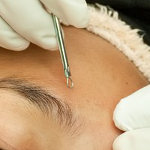

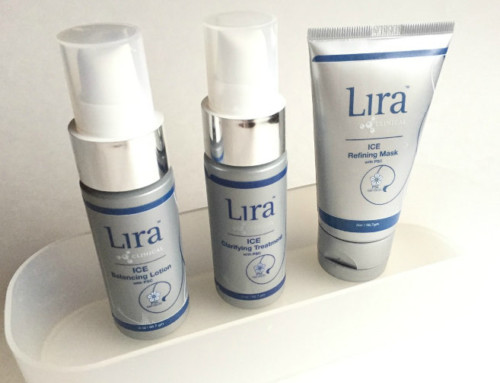
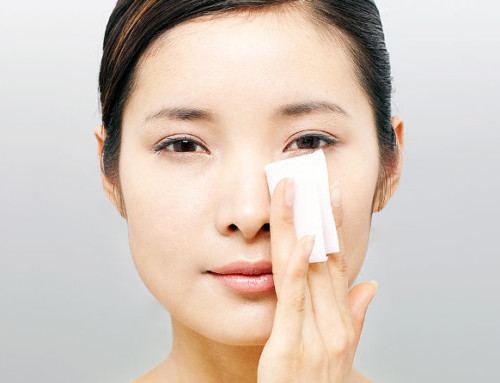
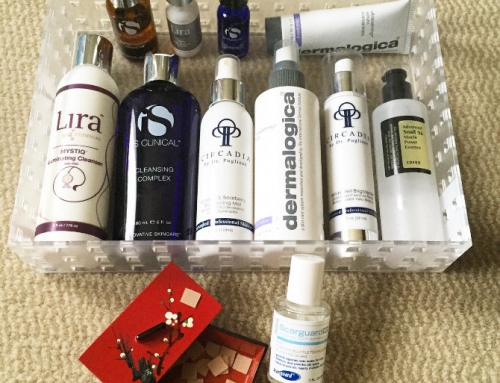
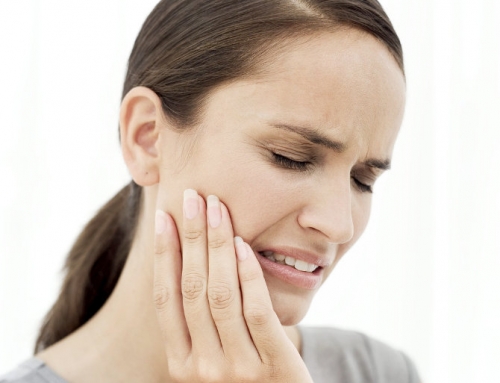
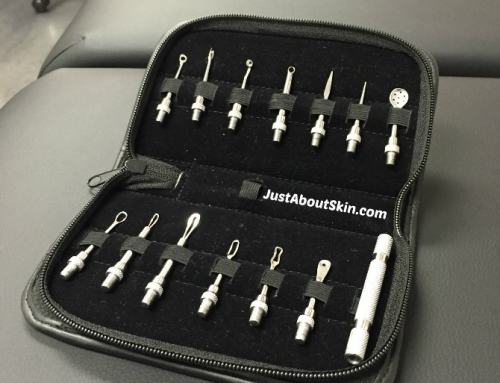
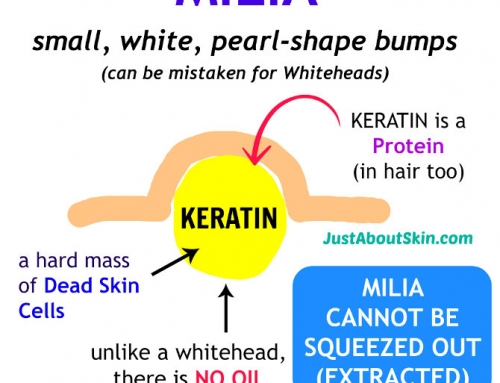
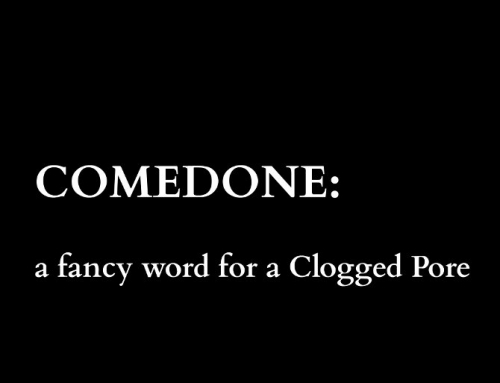
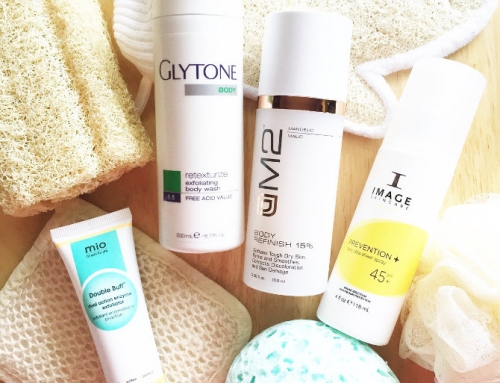
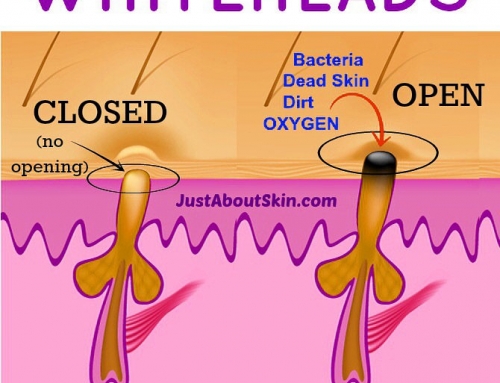
Hi,
Love you article about blackheads and acne prone skin! I wanted to ask what oils and essential oils you recommend for oily large pored skin types? I’m using jojoba but would love to know what else is good? Thanks
Hello, thank you for your kind note! I’m glad the article was helpful. I wrote an article about oils, which answers your question: All About Face Oils. Jojoba is a very good choice.
HI Rita,
I find your article really helpful. Many thanks for sharing this useful information.
Thank you for your kind note! 🙂
Really helpful thank you!
This was very well written. You mentioned “ingredients that can strengthen pore walls”. What would those be? Thank you so much.